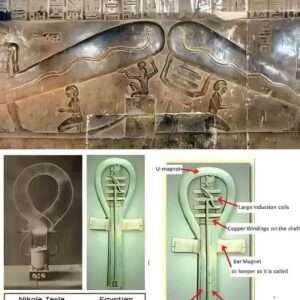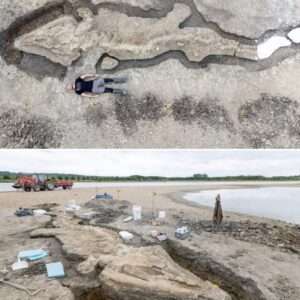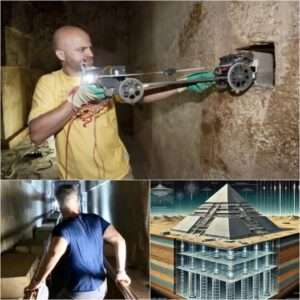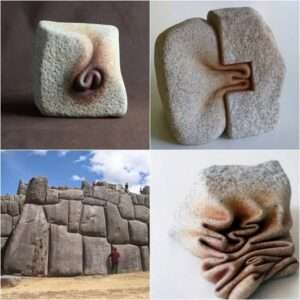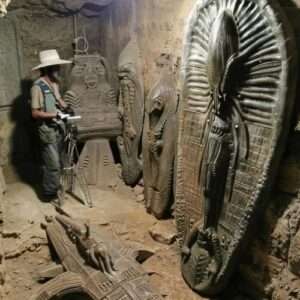The Zaghouan Aqueduct in Tunisia: A Marvel of Ancient Roman Engineering
The Zaghouan Aqueduct in Tunisia, constructed during the reign of Emperor Hadrian in 122 AD, stands as a remarkable feat of Roman engineering designed to transport water from Jebel Zaghouan to Carthage, spanning a distance of over 132 km (approximately 82 miles). This aqueduct is amongst the longest water bridges in the Roman Empire, showcasing sophisticated hydraulic technology of that era. Located near Tunis, the remnants of this ancient structure highlight the intricate hydraulic technology of the time.

One of the most intriguing aspects of the water conveyance system is its network of underground channels and above-ground arches, ingeniously engineered to maintain a stable gradient for efficient water flow. The water it carried played a crucial role in supplying public baths, fountains, and private household water needs in Carthage, supporting the extensive urban infrastructure of the city.
Moreover, the source of the aqueduct at Jebel Zaghouan is marked by a temple dedicated to the water deity, Neptune, reflecting the Roman reverence for water and its significance in their civilization. This ancient engineering wonder not only illustrates the advanced understanding of hydraulics by the Romans but also exemplifies their ability to integrate practical infrastructure with cultural and religious significance.

The Zaghouan Aqueduct serves as a testament to the ingenuity and capabilities of the Roman engineers of antiquity, showcasing their mastery in harnessing water resources for the benefit of urban communities. It not only demonstrates their technical prowess but also underscores the cultural and spiritual importance they placed on water as a vital element sustaining their society.
In conclusion, the Zaghouan Aqueduct stands as a lasting legacy of Roman engineering excellence, a symbol of their ingenuity and innovative approach to urban water management. Its historical significance and technical sophistication continue to fascinate visitors, offering a glimpse into the advanced civilization of ancient Rome and their profound reverence for the essential element of water.
